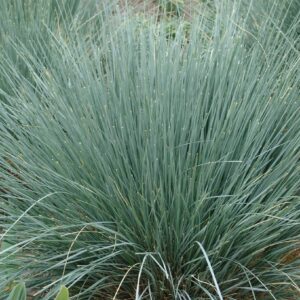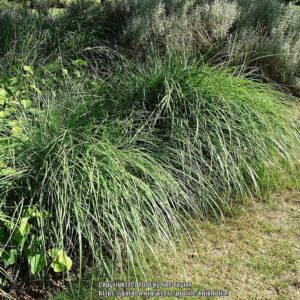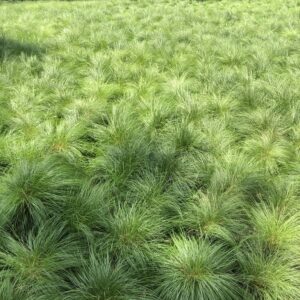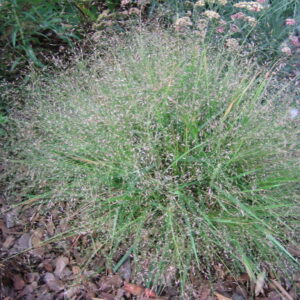Description
'Karl Foerster' Characteristics
Feather Reed Grass 'Karl Foerster' is one of the most prevalent and popular grasses in the landscape, as much for its striking upright appearance as its hardy, low-maintenance adaptability.
Growing 3-5' tall at maturity and an average 2' spread, 'Karl Foerster' can be planted in neat rows without creeping or spreading as it ages. This is a perfect border planting in applications where vertical coverage is needed without creating a large footprint.
'Karl Foerster' are among the first grasses to emerge in spring and early-summer, and can remain uncut throughout fall and winter if desired. These hardy ornamental grasses stand up to all the common stresses of the Pittsburgh landscape, including clay soils, deer browsing, severe heat and cold and changing rainfall totals. Seasonal fertilization and annual cutbacks in fall or spring are the only care these grasses need to remain attractive and useful in the landscape.
-
USDA Climate Zone
Zones 5 - 9
-
Height
3.00 - 5.00'
-
Spread
2.00 - 2.50'
-
Bloom Time
May - February
-
Water
Medium - Wet
-
Sun
Full Sun to Part Shade
-
Maintenance
Low
-
Deer Resistant?
Yes




